As the pet industry grows, so does its environmental impact—especially from disposable products like cat litter. Traditional clay-based litters contribute to land degradation and long-term waste, while production processes often rely on high energy consumption. In response, more manufacturers are investing in sustainable cat litter production to offer products that are both effective and environmentally responsible.
This article explores the materials, processes, and technologies that define modern eco-friendly cat litter production lines, and how manufacturers are reshaping the future of pet hygiene.
Why Sustainability Matters in Cat Litter Manufacturing
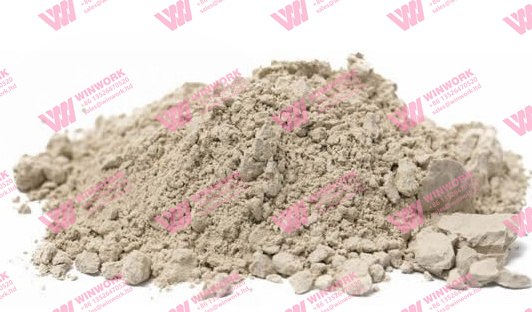
An estimated 2 million tons of cat litter are discarded each year, with the majority ending up in landfills. Most conventional litters are made from non-renewable bentonite clay and involve energy-intensive mining.
Sustainable cat litter production focuses on minimizing environmental harm by:
-
Using renewable, biodegradable materials
-
Designing low-energy production systems
-
Ensuring dust-free, non-toxic processing
-
Enabling safe disposal or composting
-
Reducing packaging waste and emissions
By transitioning to sustainable production, manufacturers align with both consumer demand and global sustainability goals.
Eco-Friendly Raw Materials for Sustainable Cat Litter
| Material | Key Features | Environmental Benefit |
|---|---|---|
| Tofu (soy pulp) | Clumps well, low odor, flushable | Repurposes food industry waste |
| Corn starch | Absorbent, biodegradable | Compostable and renewable |
| Wood shavings/pellets | Natural scent, dust-free | Uses sawmill byproducts |
| Recycled paper | Soft, highly absorbent | Reduces landfill waste |
These materials are not only renewable but also safe for pets and offer improved indoor air quality due to lower dust emissions.
Core Components of a Sustainable Cat Litter Production Line
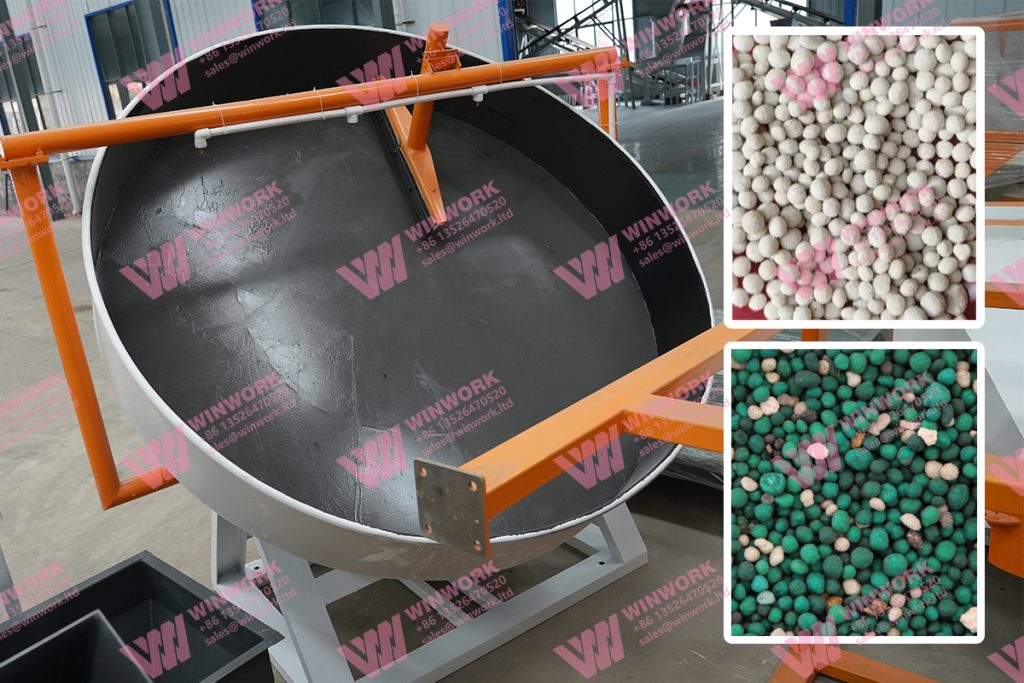
A modern eco-litter production line typically includes:
-
Material Preprocessing Unit
Dehydrates and crushes raw organic materials like tofu residue or corn husks. -
Mixing and Binding System
Evenly blends raw materials with natural binders for pellet formation. -
Granulation Machine
Forms uniform pellets using disc or extrusion granulators, without artificial chemicals. -
Drying System
Rotary or belt dryers powered by biomass or solar heating reduce moisture while minimizing emissions. -
Cooling & Screening
Ensures product consistency by removing fines and stabilizing pellet structure. -
Dust Collection System
Filters airborne particles to ensure a clean working environment and protect operators’ health. -
Packaging Equipment
Automated machines using recyclable or biodegradable packaging reduce waste output.
All systems can be scaled for capacities from 2 to 20 tons per hour, depending on production needs.
Energy Efficiency and Waste Reduction Features
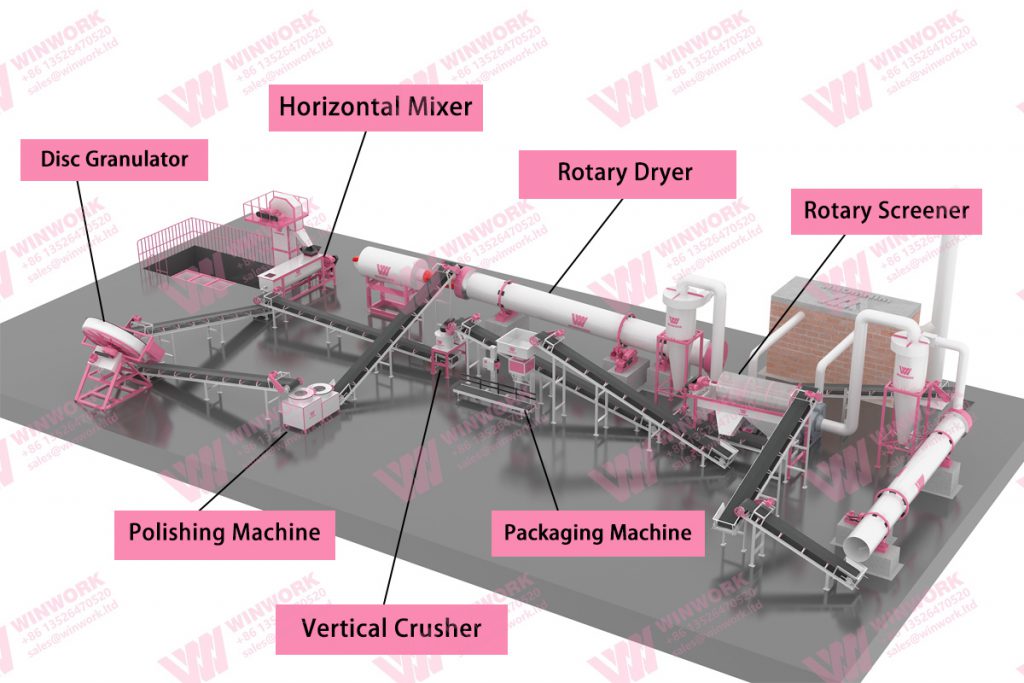
Sustainable production lines are designed to reduce overall resource use:
-
Biomass-powered dryers for renewable energy use
-
Closed-loop water systems to minimize discharge
-
Energy-efficient motors and PLC automation
-
Low-noise, low-vibration machinery to improve workplace sustainability
-
Air purification units to meet environmental regulations
Economic and Environmental Benefits
For manufacturers, switching to sustainable cat litter production yields both commercial and ethical rewards:
-
Attracts eco-conscious consumers
-
Enables compliance with green regulations (e.g., EU Eco-label, ISO 14001)
-
Reduces operating costs in the long term through energy savings
-
Expands market reach into premium pet product segments
For consumers, the benefits include:
-
Safer, low-dust litter for home use
-
Easier disposal options
-
Assurance of ethical and green production
Use Cases and Market Trends
Sustainable cat litter is growing in popularity in:
-
Urban markets with limited landfill space
-
Export-focused manufacturers seeking to enter Japan, Germany, and North America
-
Pet product brands seeking environmental certifications
-
Startups targeting niche eco-friendly products like zero-waste litter
Innovative producers are also launching multi-functional litters—such as deodorizing, antibacterial, and compostable variants—to appeal to health- and planet-conscious pet owners.
Overcoming Production Challenges
| Challenge | Eco-Friendly Solution |
|---|---|
| Raw material moisture | Install biomass-powered pre-dryers |
| Dust during processing | Use enclosed systems with filters |
| Consistency in pellet size | Implement precision granulation and screening |
| Packaging waste | Switch to compostable or recyclable bags |
These adjustments help maintain product quality while reducing environmental impact.
Looking Ahead: Future Innovations
The next wave of sustainable cat litter production will likely include:
-
AI-assisted recipe adjustments for optimizing material use
-
Compost-ready formulations certified by ASTM D6400 or EN13432
-
On-site waste recycling systems for closed-loop operations
-
Carbon-neutral factories with solar integration and carbon credits
-
Digital traceability for full production transparency
These trends are redefining what it means to be both pet-friendly and planet-friendly.
Conclusion
Sustainable cat litter production represents a shift toward cleaner, smarter manufacturing in the pet care sector. By using renewable raw materials, energy-efficient equipment, and zero-waste systems, producers can meet the dual goals of ecological responsibility and market competitiveness.
Whether you are launching a new factory or upgrading an existing one, building a sustainable cat litter production line is an investment in the future—of your business, your customers, and the planet.


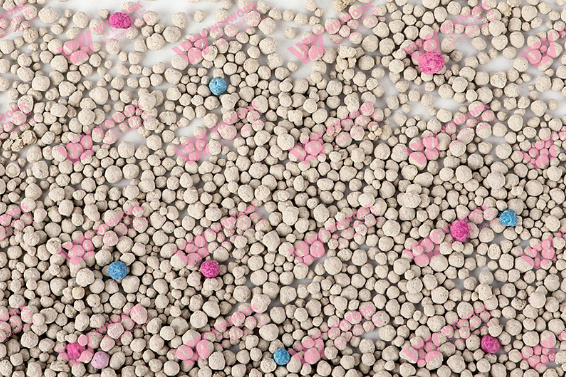
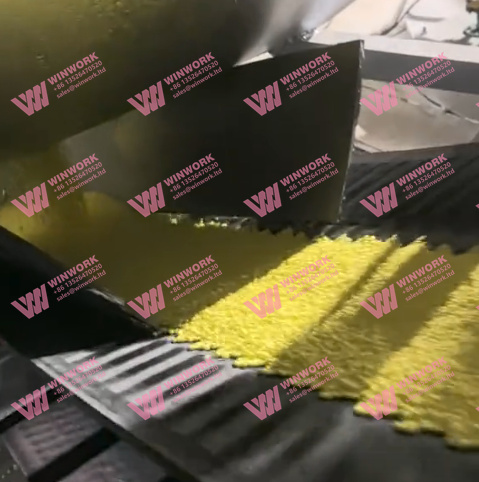
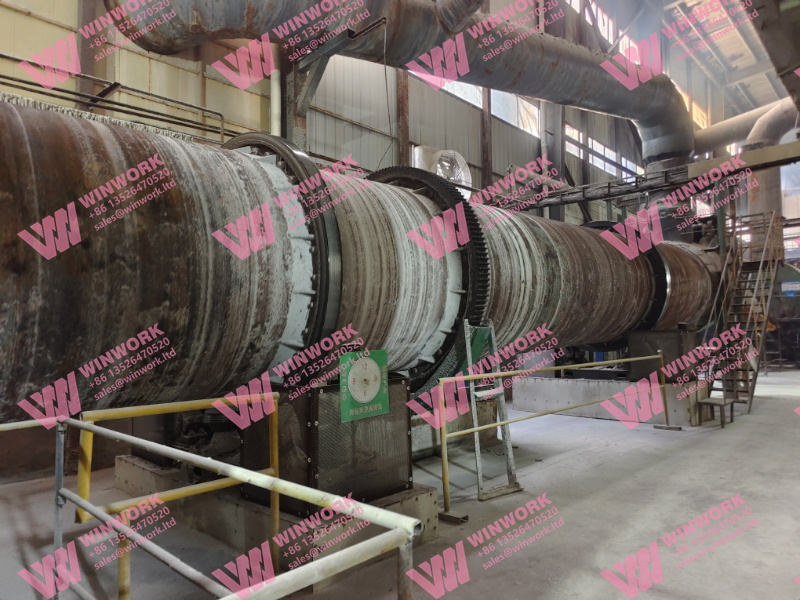
Get A Quote